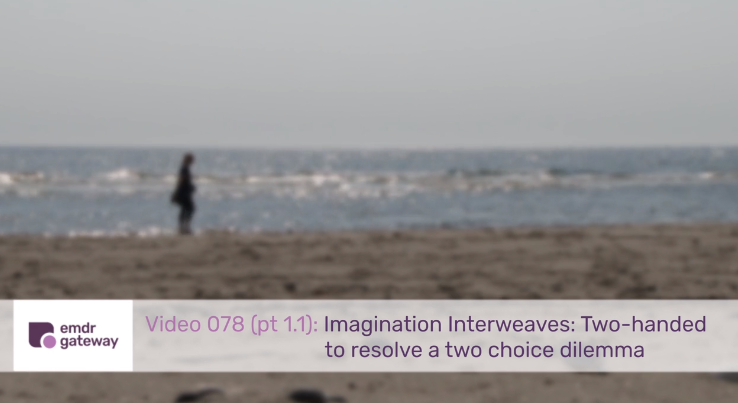What this is about: The case is about a man in his forties who has lost his family and career. He experiences extreme dysregulation, suicidal thoughts and an inability to make sustained relationships. He has a childhood of extreme neglect and abuse. The defining condition is a lack of any hope of change or relief in the future. He is unable to contemplate dealing with past and current traumas.
What you will learn: How to work, first with the future loss of hope using the standard EMDR protocol. You will also learn how to use aspects of Brief Solution Focused Therapy to create a hopeful future, if the client is unable to do so himself. This hopeful future will become the target in this first phase of the three-part therapeutic journey.
Read More



































What this is about: The case is about a man in his forties who has lost his family and career. He experiences extreme dysregulation, suicidal thoughts and an inability to make sustained relationships. He has a childhood of extreme neglect and abuse. The defining condition is a lack of any hope of change or relief in the future. He is unable to contemplate dealing with past and current traumas.
What you will learn: How to work, first with the future loss of hope using the standard EMDR protocol. You will also learn how to use aspects of Brief Solution Focused Therapy to create a hopeful future, if the client is unable to do so himself. This hopeful future will become the target in this first phase of the three-part therapeutic journey.